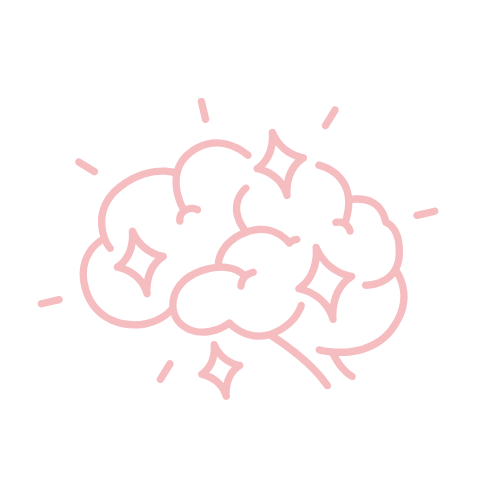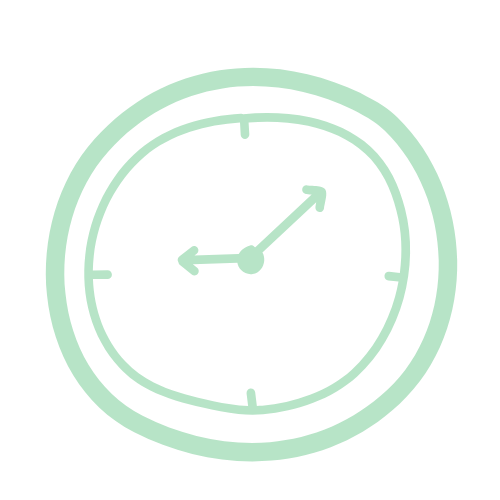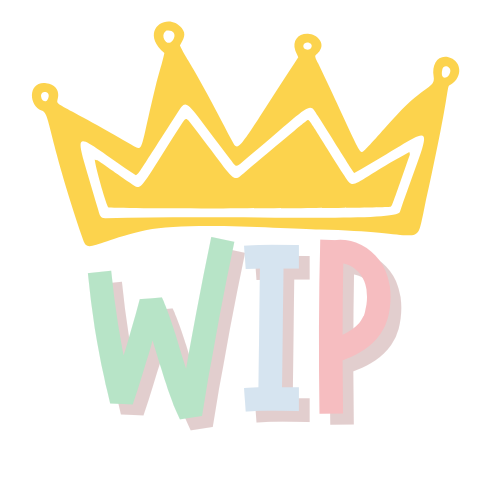The Science of Joy
Because it's not just fluff, it's fuel
Work in Play is part newsletter, part pep talk, part “what if we tried this instead?” experiment. Weekly-ish, free, and better when passed along to your favorite co-conspirators. This is all a Work in Progress — let’s see where it goes.
Confession: I’ve historically been terrible at science.
I blame part of it on my high school physics teacher, who… was less than delightful. My brain built a “Hard Pass” sign around science somewhere between that class and the time I nearly flunked biology (and fully fainted during the fetal pig dissection).
Chemistry looked cool — lab coats, beakers, mysterious bubbling liquids — but I scraped by with a C. And I will never be a great baker because I’m both sloppy with measurements and still confuse baking soda with baking powder. Apparently, “creative liberties” are not encouraged in laboratories.
So trust me when I say: if I’m telling you there’s science behind joy, it’s because the research is good enough to break through a lifetime of science-aversion.
Joy Isn’t the Reward for Work
I used to think joy came after the work—the party, the champagne, the deep breath when you finally close the laptop. You grind (ugh), you check the boxes, then you earn it.
But lately, I’m realizing we’ve had it backwards. (Royal “we.” Work with me here.)
Joy isn’t dessert. It’s the starter. The main course. The strategy. And my god, do I love a good strategy.
Joy Rewires the Brain
The science is kind of wild:
Fires up the prefrontal cortex → better decisions, more empathy, longer-term thinking
Releases dopamine → motivation and creativity go way up
Opens the gates for neuroplasticity → your brain adapts, builds new pathways, solves problems in fresh ways
Translation: joyfully engaged brains are more flexible, curious, and strategic. Basically, you swap “grind or die” for “genius mode.”
Joy Isn’t Just a Feeling—it’s a Tool
Barbara Fredrickson’s Broaden-and-Build Theory shows that positive emotions literally broaden your awareness, help you see new possibilities, and build long-term resources like resilience and connection.
That’s not smoke and mirrors, that’s form and function.
Yes, joyful workplaces see:
More innovation when things are messy or uncertain
Higher trust and collaboration
Fewer sick days and lower turnover
But outside of work, joy:
Lowers stress hormones like cortisol
Reduces inflammation and boosts immune response
Improves sleep
Makes long-term planning feel less overwhelming (and more possible)
In other words: joy doesn’t just make you “better at your job.” It makes you better at being you.
What if we actually measured:
How often we laugh together?
How eager we are to start the day?
How many moments spark ideas instead of draining energy?
What if joy wasn’t something we chased—but something we protected?
Some of My Favorite Joy Facts
Adults who explore joyfully stick with learning longer, even when outcomes are uncertain.
Positive emotions spark more exploration and divergent thinking.
Joy is part of the foundation for psychological safety—great teams can’t function without it.
Joy calms the nervous system and sharpens attention.
(If you want the citations, I’ve got them — they’re nerdy and wonderful.)
Try This
Pause and ask: What’s one thing I could do today that would make my day 5% more joyful?
Not once the project is done. Not when everyone agrees. Now. In the middle of the mess.
Because joy isn’t just the outcome — it’s the strategy.
— Meg










